
Top 5 Ansible Alternatives in 2024: Server Automation Solutions
Organizations are looking to improve their operational efficiency and enable digital transformation across all sectors to remain competitive and meet customer demands. According to a Gartner survey, 76% of respondents reported a rise in demand for new digital products and services for 2020. 83% of respondents predict the same for 2021. That has meant a decrease in overall IT costs and a rise in digital transformation spending to respond rapidly to changes in workflows, services, and business models. In this article, we are going to talk about the popular Ansible Alternatives in 2024.
Short on time? These are the best alternatives to Ansible:
- Attune – Enjoy up to 42x faster server builds, 41% faster dataset reloads, and 4x faster system upgrades.
- Puppet Labs – The versatile and reliable automation tool for centralized control of IT infrastructure
- Chef – The top configuration management software for reducing manual errors, scaling efficiently, and centralizing control of IT infrastructure.
Automation is the key to enhancing operational efficiency. At the core of every infrastructure lies tools for server automation, configuration management & orchestration, continuous integration & continuous delivery (CI/CD), continuous testing, and containerization.
Ansible is a server automation and configuration management tool that helps organizations maintain and manage large amounts of virtual and private servers. With it, you can automate repetitive tasks, deploy packages and applications simultaneously, and set up new servers.
In this article, we will explore the alternatives to Ansible and what they do.
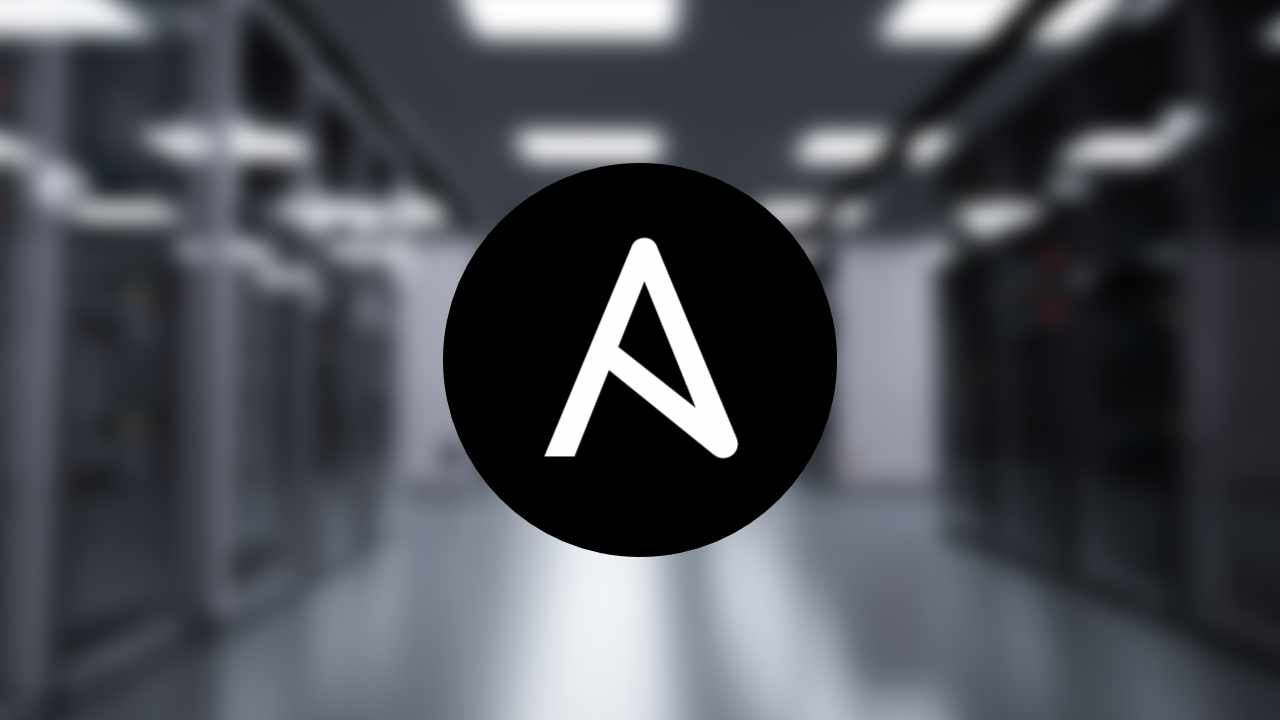
What is Server Automation?
With businesses focusing on better operation efficiency, server automation provides a ready-made solution to managing configuration, provisioning servers, and managing build deployment. Server automation is a process of automating server life cycles on physical and virtual servers. In this way, you are sure that all the tasks you carry out across the servers follow the best practices.
We live in a digital world. Every industry must facilitate the move to the cloud or implement automation software to manage day-to-day operations. Manually handling these complex processes often means errors and delays for a system administrator. The server management process becomes significantly more efficient with automation.
Let’s take a look at some of the benefits of automating a server.
- Knowledge capture: The complete process is recorded in detail, knowledge isn’t lost when resources move on or revisit a project years after implementation.
- Time-saving: It can be very time-consuming to write configuration files, test scenarios, and deploy large codebases. By automating server calls and tasks, your company saves time in implementing and scripting them.
- Scalability: Automated software will ease provisioning, patching, and compliance concerns, letting you grow and scale your software successfully.
- Rapid application development: Pushing from development to production takes as little time as possible compared to manually handling deployments, builds, patching, and provisioning of servers.
- Reliability: It is almost impossible to eliminate human error from software development. With server automation, you can repeatedly test build and migrate to production without introducing human error.
- Resilience: Immediately rebuild like for like systems to recover quickly in the case of a disaster if hardware fails or software is corrupted. It could take weeks for engineers to recover systems if not documented or developed with automation software.
- Cost reduction: In the long term, operational efficiency and automation are cost-saving. In addition to this, your team can focus on more complex production functions and features.
Ansible: What Is It And What Does It Do?
Ansible is a configuration management solution for automating the development life cycle. With it, you can provision servers, patch your application, automate deployment & updates, and run compliance and governance on your application. Some of the features of Ansible include orchestration, cloud provisioning, plugins, and security & compliance.
Your project connects to Ansible through nodes called Ansible Modules. You can use these modules to manage your project. As an agentless architecture, Ansible allows you to run modules on any system or server. It doesn’t require client/server software or an agent to be installed. With Ansible, you can use Python Paramiko modules or SSH protocols.
The key selling points of Ansible are its lightweight nature, easy-to-use interface, and rapid deployment compared to other alternative tools.
Benefits and Features of Ansible
- Ansible connects and supports several CI/CD tools such as Jenkins
- With Ansible, you can expect a faster application deployment process
- Streamlines your software releases and reduces complexity
Server Automation: 5 Alternatives To Ansible
Ansible represents one of the best server automation solutions in the industry today. Now, let’s take a look at tools similar to Ansible.
Attune
Attune is one of the tools similar to Ansible. It is a server automation solution for provisioning, patching, automated build procedures, and compliance across virtual and physical servers.
With Attune, you can accelerate builds & deployments and enhance security by facilitating digital enablement projects. It also supports Bash, CMD, and Powershell automation. With its node automation features, you can perform robust automation tasks such as configuring Docker on Raspberry Pi or setting up Home Labs.
Attune provides you with an easy-to-use interface to manage all your servers. It is written in Python and can run several scripting languages. It also offers a cross-platform automation solution, meaning you can automate commands and deploy files to Windows, macOS, and Linux servers.
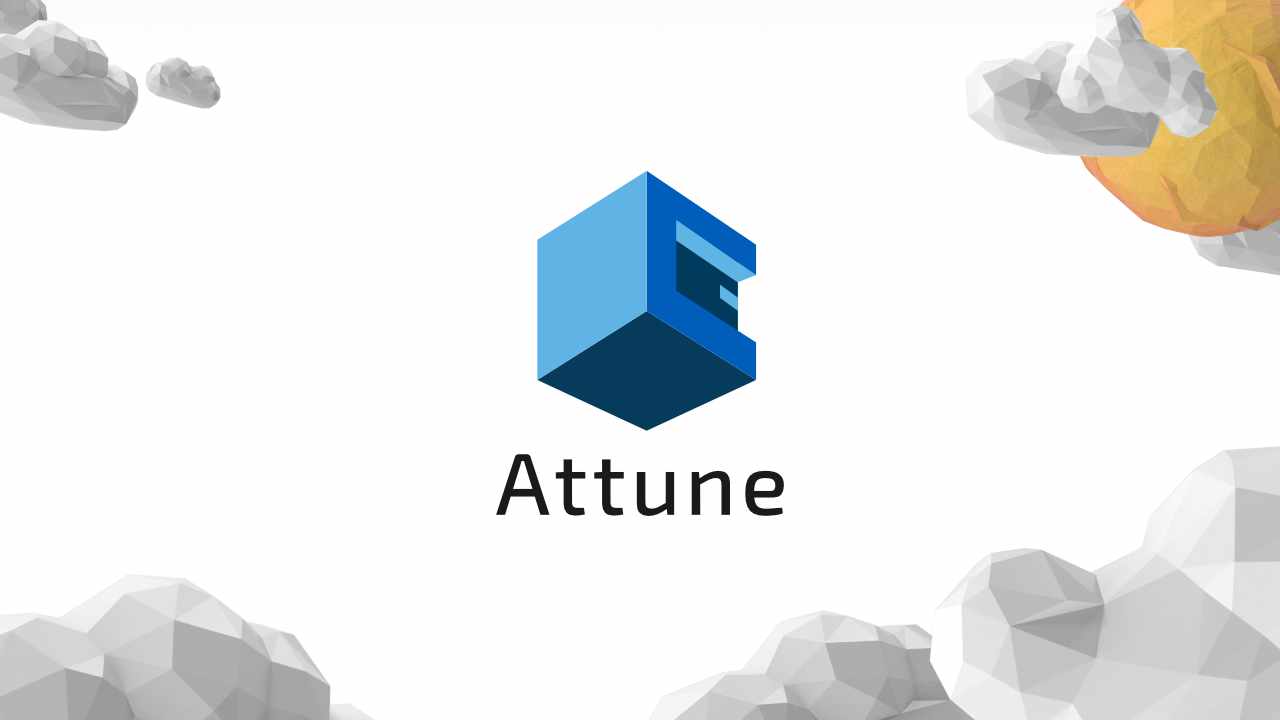
The features and benefits of Attune include:
It is Python-based architecture and runs on Windows, macOS, and Linux for Attune Enterprise
- Full-stack orchestration
- Multi-server coordination
- Agentless architecture with an easy-to-use modern interface
- A simplified task scheduling process
- Portable and shareable procedure
- Implement existing scripts: Run a Windows Batch file, PowerShell script, or script for specified (custom) interpreter on a Windows Server, Execute scripts written in Bash, Python or Perl, Execute SQL or PL/SQL scripts
- Generate documentation
Differences between Attune and Ansible
Both use agentless architecture and both are freely available however, Attune allows pasting of existing scripts to rapidly create automated jobs without the learning a unique language. Additionally Attune can export the automated jobs as documents for either management approvals, knowledge capture, or to be followed manually.
Puppet Lab
Puppet is another alternative to Ansible. It allows for the deployment, configuration, and management of servers. Additionally, it provides configuration management, compliance, continuous deployment, and schedulability. Puppet uses an SSL-enabled secure encrypted channel to communicate through a Master-Slave architecture.
With Puppet, you can easily transition your infrastructure from a continuous integration pipeline to a continuous delivery pipeline with the orchestrator and code manager in Puppet enterprise. In addition, you can automate deployments and maintain consistency across multiple data centers while maintaining flexibility to alter parameters, application code, and environment settings as needed.
As things change in your business, Puppet lets you make changes while maintaining consistency and keeping you compliant. In addition to detecting desired states and providing situational awareness, Puppet boasts over 5,000 ready-made modules that are supported, approved, or contributed by the community.
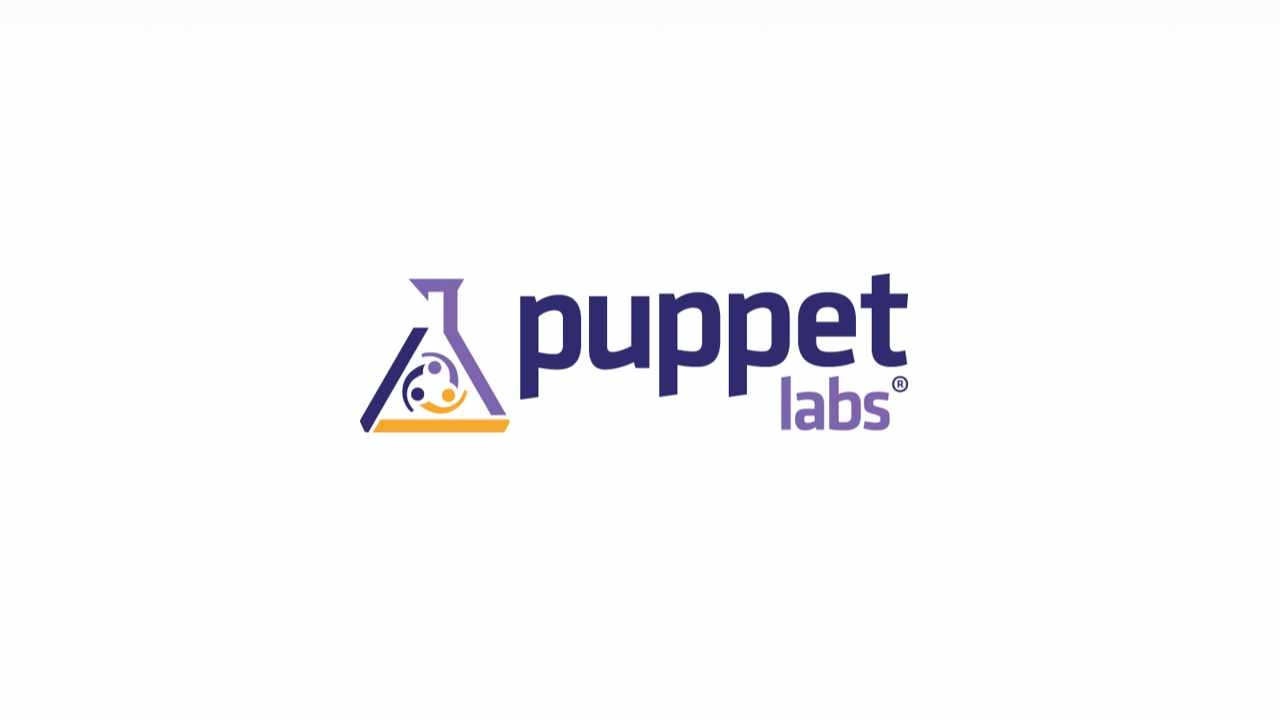
The features and benefits of Puppet include:
- C++ and Ruby-based application that works with Linux, Windows, and Unix-like operating systems
- Continuous monitoring and distinct configurations for all hosts
- Reduces manual errors and supports scaling
- Provides control of all configured machines with centralized (master-server, repository-based) changes propagating automatically
- It is used by over 30,000 organizations, including Google, Red Hat, Siemens, Stanford, and Harvard universities.
- Puppet provides extensive documentation and references.
- Generally, Puppet Server works on any Linux, Unix, or Windows platform that supports ruby, such as CentOS, Windows, Oracle Enterprise Linux.
Differences between Puppet and Ansible
Puppet uses a server/client architecture, requiring a longer installation process than Ansible, as an agentless system that only needs installation on the master node. In addition, Ansible uses YAML for configuration management while Puppet uses PuppetDSL with YAML datastore. The configuration management language style in Ansible is procedural, and that of Puppet is declarative.
Check out these Puppet Competitors of 2024
Terraform
Terraform is another Ansible alternative for automating configuration management. It is also one of the most popular server automation tools with its easy-to-use interface and the ability to provision infrastructure across multiple cloud platforms. Terraform’s versioning feature makes it unique – you can version your service’s blueprint, just as you would your software. It enables unified command-line interface (CLI) workflow management of several cloud services through open source IaC.
It includes HashiCorp Configuration Language (HCL) as a declarative language for defining and offering data center infrastructure.

The features and benefits of Terraform include:
- Terraform is cross-platform, compatible with Windows, Mac OS X, Linux, FreeBSD, OpenBSD, and Solaris
- Implements the HCL language to allow resources to be described concisely with expressions, arguments, and blocks
- It can be used for managing lifecycle processes such as creating new resources or managing existing ones
- Reduces the risk of human error and automates resource provisioning
- Manages multiple services and public clouds using a unified workflow
Differences between Terraform and Ansible
Although Terraform and Ansible are both server automation tools, there are still a few significant differences between the two. For example, Terraform is declarative while Ansible allows for both procedural configurations and declarative configurations. Also, Ansible works best as a configuration management tool while Terraform leans towards cloud orchestration.
Chef
Chef is an excellent tool for maintaining consistent configurations across multiple servers. Moreover, it helps ensure that servers remain in compliance with established standards through continuous monitoring. The program handles complex systems well overall.
Chef makes it easier to manage and configure your servers. With Chef, you can integrate services such as Amazon’s EC2, Microsoft Azure, or Google Cloud Platform to automatically provision and configure new machines. It enables all components of an IT infrastructure to be connected and facilitates adding new elements without manual intervention.
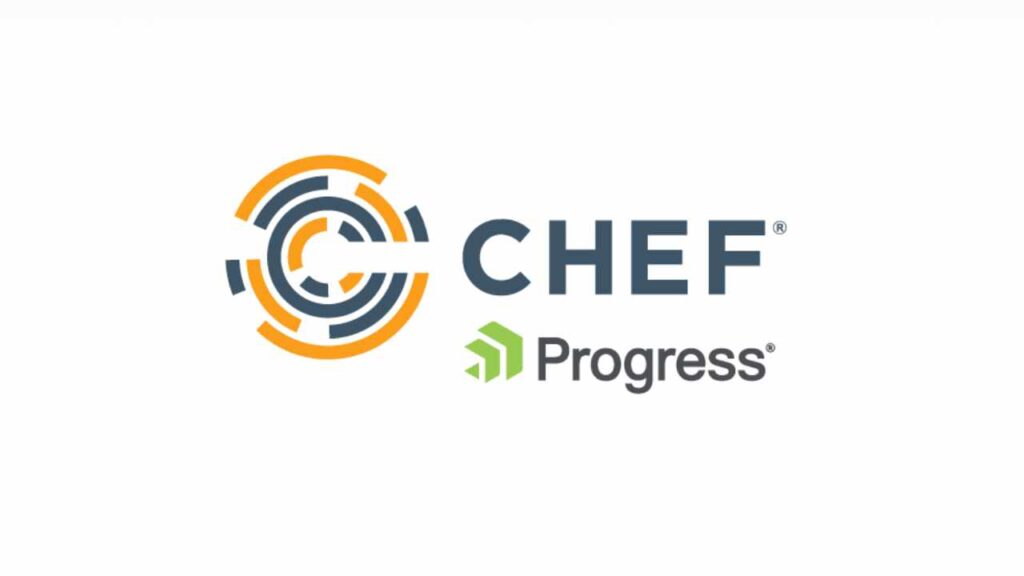
The features and benefits of Chef include:
- The system configuration is built using a Domain Specific Language (DSL) written in Ruby and Erlang
- Enables fast and consistent scalability as your business requirements change
- Manages data centers and cloud environments
- Maintains high server uptime
- Server/client mode and standalone configuration modes are available
- It supports multiple platforms, including Microsoft Windows, Mac OS, Ubuntu, Solaris, FreeBSD, RedHat/CentOS, AIX, and Fedora.
Differences between Chef and Ansible
Despite their apparent similarity in interoperability and scalability of configuration management, there are still a few things that set them apart when considering an alternative to Ansible.
To start with, Chef uses a master/client architecture with the server running on the master machine while the client-side runs an agent on each client machine. Alternatively, Ansible uses an agentless architecture by pushing changes over SSH from a single source to many remote servers.
Also, Chef Client pulls configuration directly from the server using Ruby DSL while Ansible server pushes the configuration to the agent nodes using YAML. It also uses YAML to manage configurations.
SaltStack
SaltStack automates IT operations – whether on-premises, in the cloud, or hybrid – while securing, simplifying, and optimizing infrastructure. The Saltstack configuration management tool runs on Python. With Saltstack, you can run commands remotely, as opposed to Chef and Puppet.
The solution uses an automated system for detecting and reacting to events within any system, thus offering the most effective monitoring and management system for large, complex environments.
SaltStack can detect misconfigured or non-compliant systems and security vulnerabilities with SecOps capabilities. You can remediate issues as soon as they occur, ensuring that your infrastructure is always securely configured, compliant, and updated.
Salt supports agentless and agent-based architecture. Salt agents are referred to as minions. As a result, Saltstack allows code to be pushed to many nodes simultaneously, unlike chef and puppet, which pull code from the server for configuration. The process of compiling and configuring the code in SaltStack is quite fast.
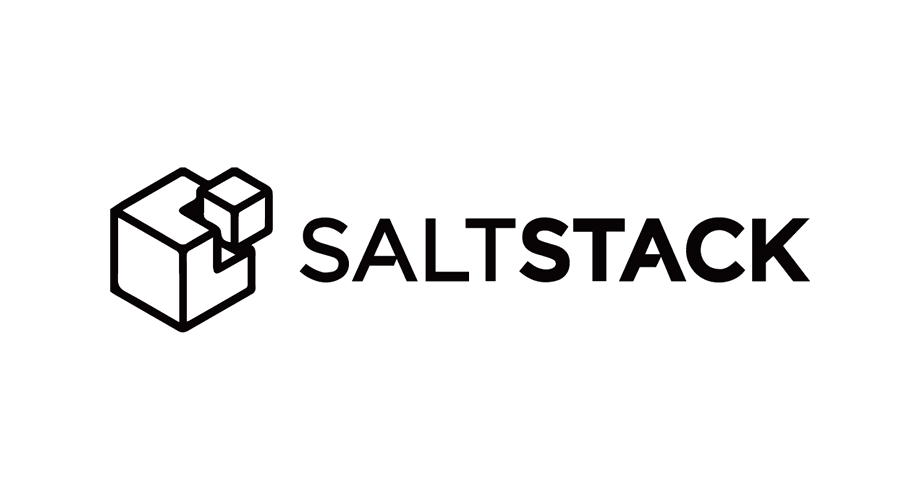
The features and benefits of Salt include:
- The Salt Master configuration parameter allows Minions to connect to multiple masters simultaneously by specifying a list of the Master addresses.
- Salt is very flexible— allowing for agent-only, server-only, and agent/server environments.
- It is a scalable configuration management system built to handle up to ten thousand minions concurrently.
- It supports the parallel execution of commands over remote systems.
- Salt is language-agnostic; it supports any language for configuration files, file types, and templating engines.
- With Salt, you can deploy, manage and execute commands with model-driven configurations.
Differences between SaltStack and Ansible
SaltStack is considered to be a more flexible and scalable option than Ansible for data center automation.
A native CLI is available for Ansible, and Ansible Tower (Enterprise Version) is API-enabled while Salt also has a CLI along with REST APIs (which are not enabled by default) available, as is the Enterprise API that includes features like RBAC.
Choosing The Best Server Automation Software
This article has delved into server automation, a list of Ansible competitors, and their features, differences, and similarities. The best solution to choose depends entirely on the needs of your business. Each tool has its own pros and cons that you must look into before deciding.

Comments